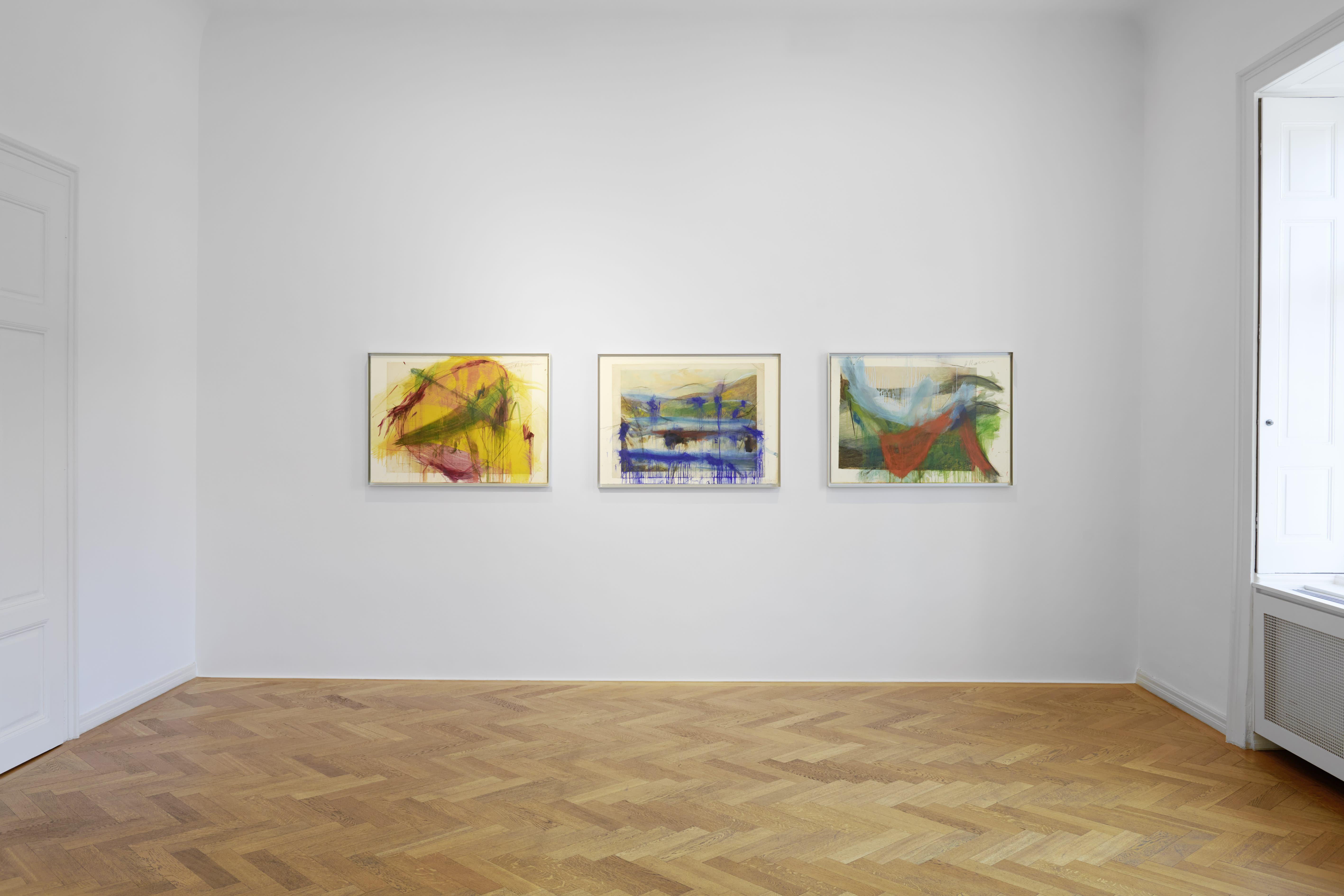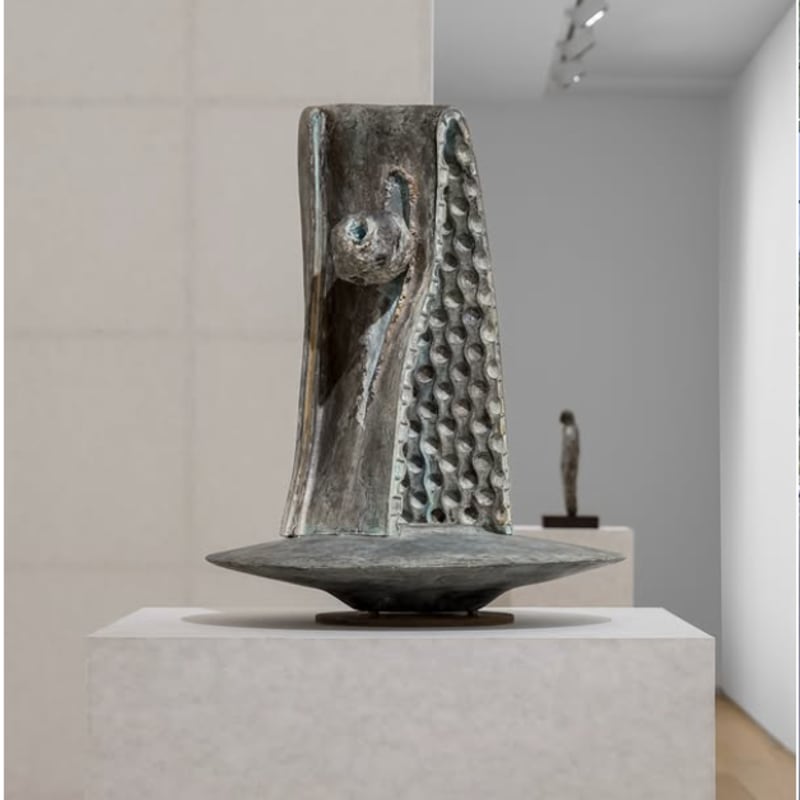— Nikolaus Kratzer, curator of the current exhibition Arnulf Rainer: Nothingness Against Everything at the Arnulf Rainer Museum

Arnulf Rainer
Serie Goya, 1983
Mixed media on photo on wood
62.6 x 52.9 cm (24.65 x 20.83 in)

Arnulf Rainer
Serie Goya, 1983
Mixed media on photo on wood
63 x 52.4 cm (24.8 x 20.63 in)
— Rudi H. Fuchs

Rainer’s Landscapes combine depictions of nature with his characteristic gestural overpainting. The works express his exploration of nature as a means to convey internal conditions, while fluctuating between abstraction and figuration. Landscapes characterised Rainer’s very beginnings as an artist. While still at school, he painted cartographic landscapes inspired by aerial photographs, including bomb craters, fires, tanks and aeroplanes in drawing lessons, avoiding figures and faces. In 1945, he fled from Russian occupation in Lower Austria to relatives in Carinthia, where he painted a series of uninhabited landscapes over the next few years, a period that marked his decision to become an artist.
Arnulf Rainer
Ohne Titel, ca. 1989
Mixed media on chromolithography on cardboard on wood
76.5 x 105.2 cm (30.12 x 41.42 in)

Arnulf Rainer
Ohne Titel, ca. 1989
Mixed media on chromolithography on cardboard on wood
76.5 x 105 cm (30.12 x 41.34 in)
— Helmut Friedel


























































































































































































